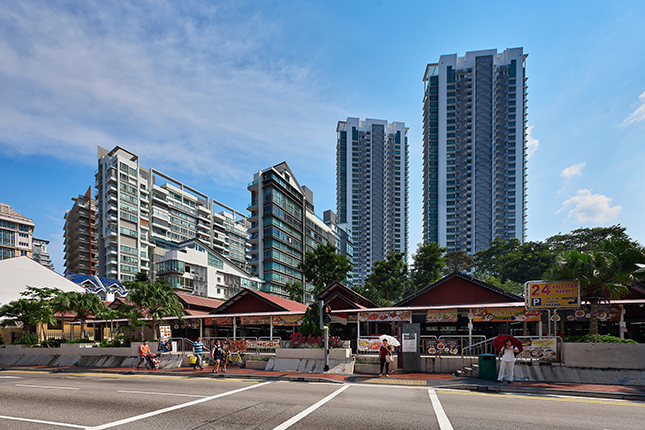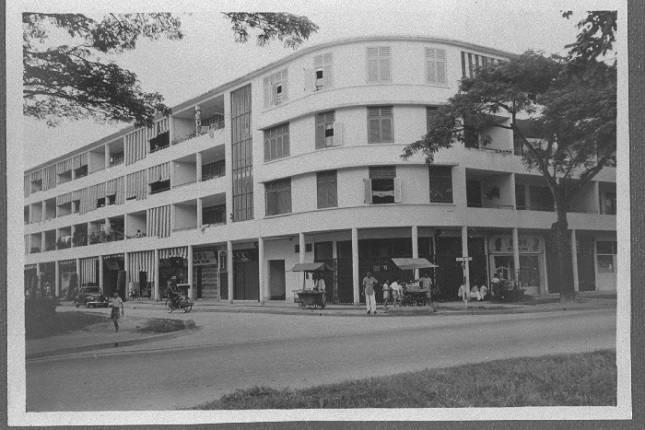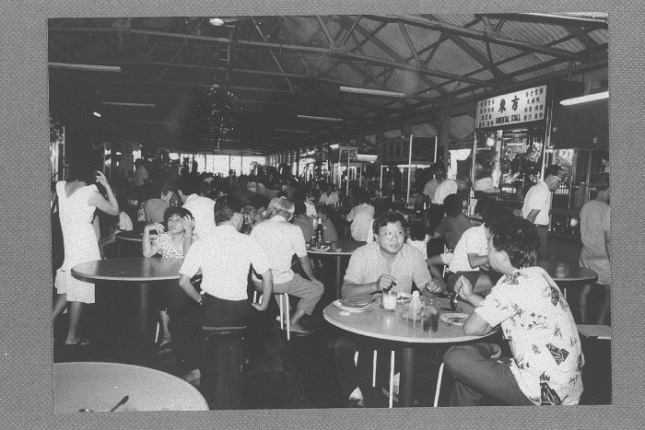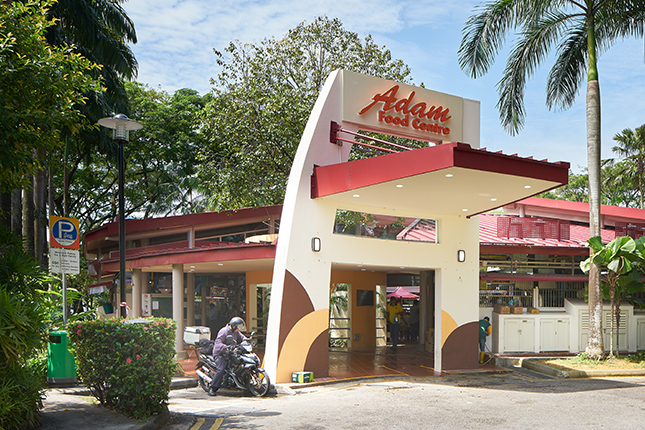Balestier Market is the only surviving rural market building in Singapore. It was built in 1922 as a wet market where former street-side fresh food vendors could sell their goods without obstructing traffic.
The market was originally just a concrete platform, and a roof was later added in 1925. Although officially named Balestier Road Market, locals referred to it as Or Kio Pa Sat (“black bridge market” in Hokkien), after a black wooden bridge in the vicinity. It was also known as Tee Pa Sat (“Iron Market” in Hokkien) as a metal fence once surrounded the market.
The market was a busy place in the mid-1900s when it housed about two dozen stalls. Its vendors sold fresh vegetables and pork, and slaughtered live poultry and frogs for customers. Outside the market, there were hawkers who sold cooked food such as char kway teow (stir-fried flat noodles), nasi lemak (rice cooked in coconut milk) and roti prata (fried flatbread with curry).
During the Japanese Occupation, the market served as a distribution centre for food rations. After the war, the market continued to operate as a wet market, and was upgraded in 1952 to increase its number of stalls and improve hygiene. It was conserved in 2003 and later converted into a food centre.
















